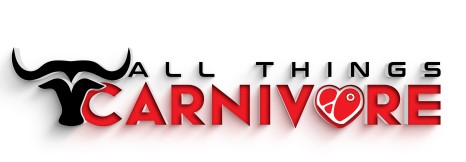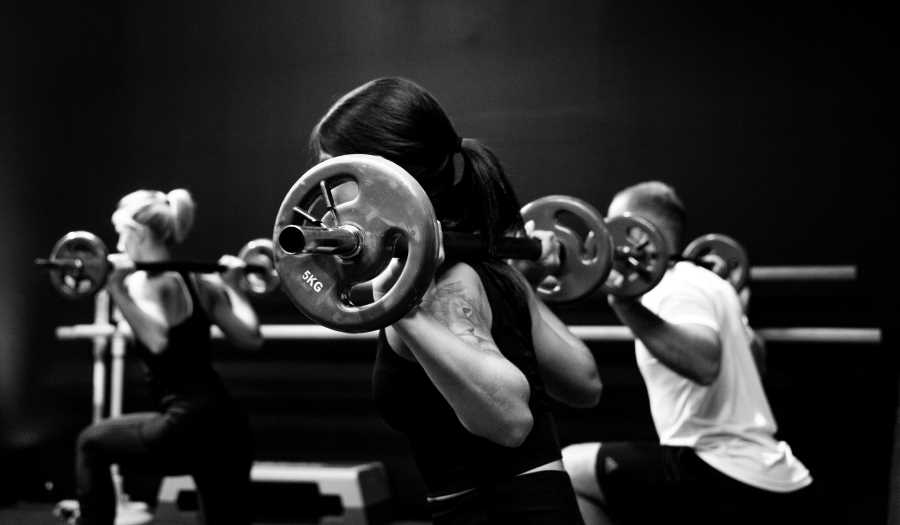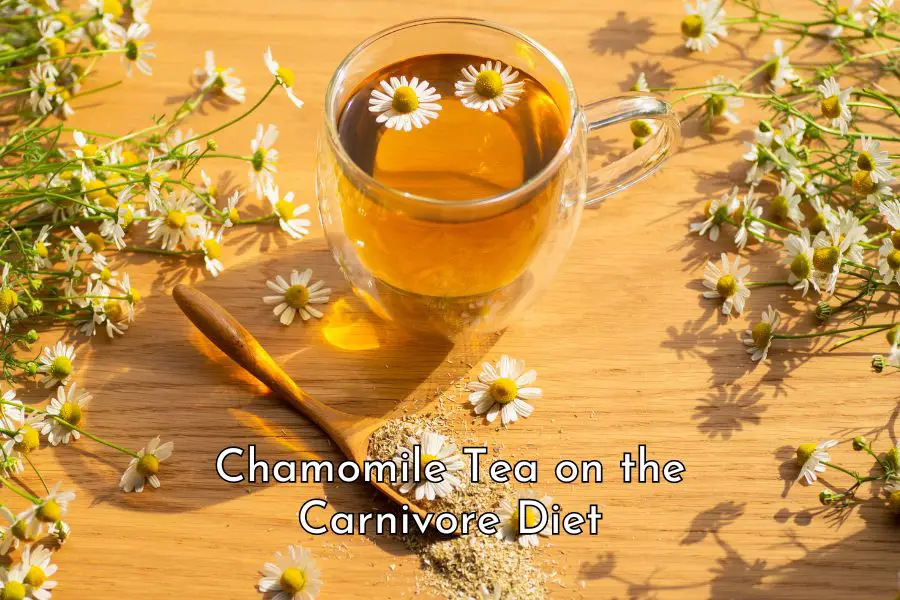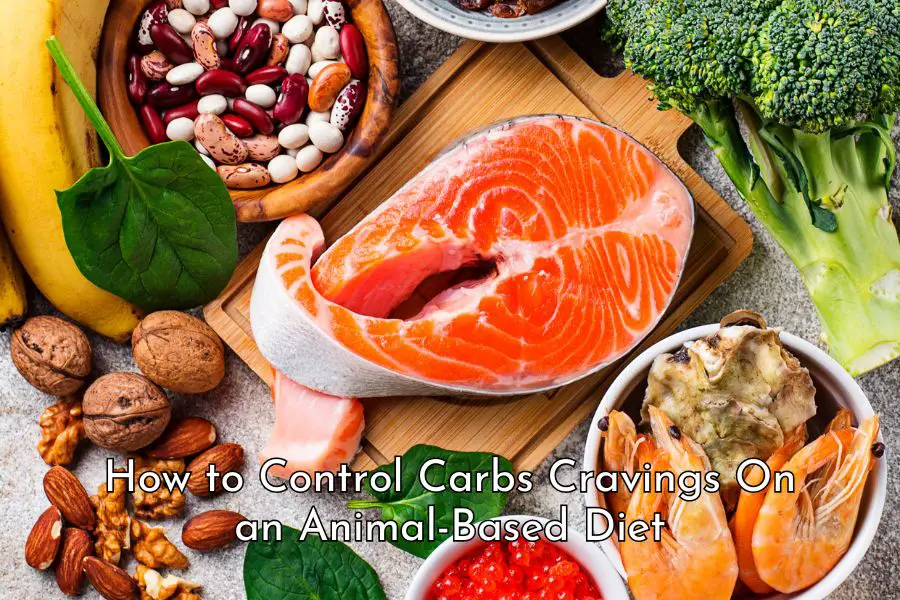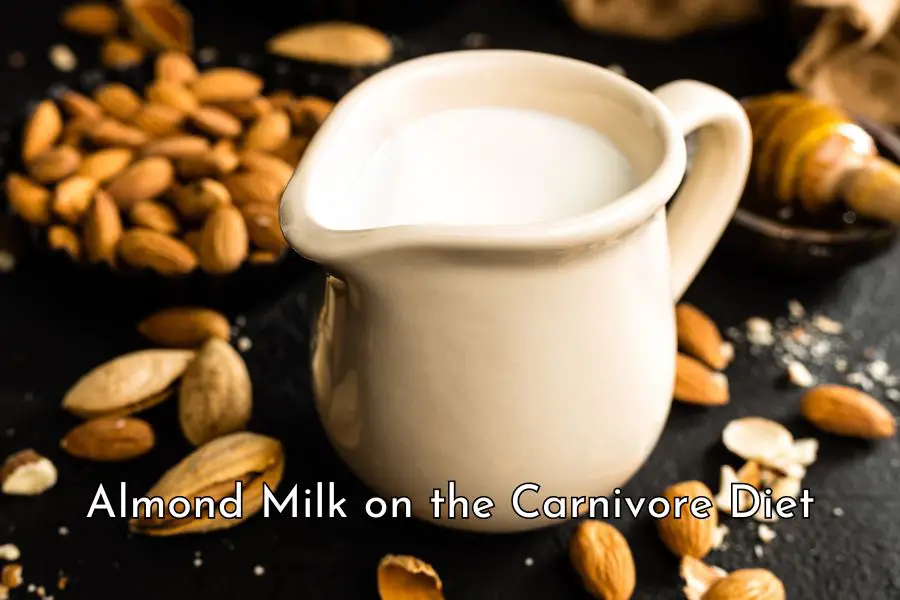Getting enough calcium on the carnivore diet is one thing that you don’t need to worry about. You will find in this article a comprehensive list of dairy and non-dairy calcium sources to make sure your body gets enough calcium for its ongoing need.
In summary, you can get calcium on the carnivore diet from dairy products, small fish with bones in, bones and bone meal, eggshells, meat, eggs, and bone broth. If you have issues with getting enough calcium from these sources, calcium supplements made from whole bones are also available on the market.
Read on to find out why calcium is essential, how much calcium you need daily, in conjunction with what for optimal absorption, and the best dairy and non-dairy sources of calcium.
Why calcium is important?
Calcium is important because it is needed for many bodily functions and is used as the main material for teeth and bone formation.
About 1% of the body’s calcium is found in blood, muscle, and other tissues and used in muscle contraction, blood clotting, normal functioning of many enzymes, and regulating normal heart rhythms. The remaining 99% calcium is stored in teeth and bones. [1]
Your body tightly controls the amount of calcium in cells and blood and if there isn’t enough calcium coming in from external sources, calcium in the bones will be mobilized and released into the bloodstream. And if this process continues on a prolonged basis, calcium deficiency and osteoporosis can occur. [2]
Your body’s ability to absorb calcium declines with age, therefore it becomes more important as you get older to get sufficient calcium from your diet on a regular basis.
How much calcium do you need?
The current Recommended Dietary Allowances (RDAs) for calcium developed by the Food and Nutrition Board at the Institute of Medicine of the National Academies are shown in the table below. [3]
| Age | Male | Female | Pregnancy | Lactation |
|---|---|---|---|---|
| 14–18 years | 1,300 mg | 1,300 mg | 1,300 mg | 1,300 mg |
| 19-50 years | 1,000 mg | 1,000 mg | 1,000 mg | 1,000 mg |
| 51-70 years | 1,000 mg | 1,200 mg | ||
| 71+ years | 1,200 mg | 1,200 mg |
As a general guide, adults should aim for 1 gram of calcium per day.
Factors affecting calcium absorption
Not all calcium consumed is utilized. Approximately, only about 30% of the calcium consumed is actually absorbed by your body. This is because calcium is a large mineral and is not easily broken down in the gut.[4, 5]
The following factors affect the absorption rate: [6]
- The amount consumed. The law of diminishing returns applies here, the efficiency of absorption decreases as calcium intake increases. [7]
- The type of food consumed. Humans absorb about 30% of the calcium available in food. [8]
- Calcium-rich dairy is estimated to have a 30% absorption rate. [9]
- Beans, spinach, and sweet potatoes have a lower absorption rate because these plant foods have a high oxalate and phytate content which are anti-nutrients that bind with calcium and interfere with calcium absorption (see this post for more detail on the risk of anti-nutrients in plants). For example, spinach’s bioavailability is only 5% and that of almond is 20%. [10, 11]
- Some plant foods like kale, broccoli, and bok choy, although lower in calcium content than dairy as shown in the table below, have a much higher rate of absorption. For example, bok choy has a bioavailability of 50%. [12, 13]
- Age and life stage. Absorption in infants and young children is as high as 60% but falls to 15% to 20% in adults. That’s why the RDAs for calcium for females over 50s and the elderly are higher. The older you get, the more important it is to ensure your calcium intake is adequate. [14]
- Vitamin D intake. Your body needs vitamin D to absorb calcium. The two best ways to get vitamin D are sun exposure and foods. Depending on the season, time of the day, and skin tone, it could take 15 minutes to a couple of hours of sun exposure a day to get enough vitamin D. Foods that are good sources of vitamin D are oily fish like salmon, sardines, mackerel, and herring, liver, egg yolks, and red meat. [15, 16]
The take-home message is you should try to get a sufficient amount of calcium for your age group from foods that are highly bio-available and, at the same time, get enough vitamin D from sun exposure and quality foods on a regular basis.
On the carnivore diet, it’s likely that you don’t need to consume as much calcium because the absorption rate of nutrients from animal-based food is likely to be much higher (absent of plant anti-nutrients).
However, if you still like to stick to the recommended intake, below are the ways to achieve it.
Sources of calcium on the carnivore diet
1. Dairy products
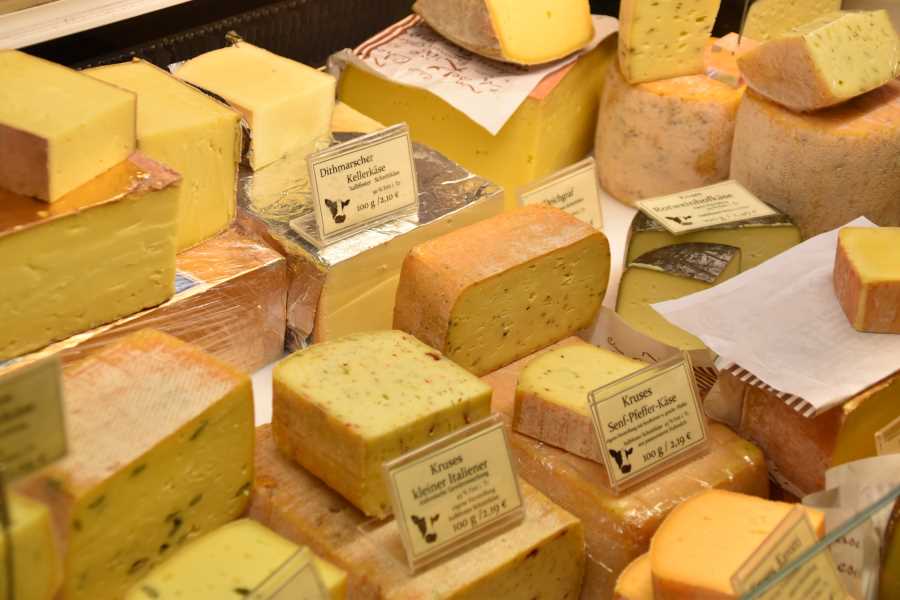
Without a doubt, dairy products are the number one source of calcium on the carnivore diet, but only if you can tolerate dairy.
The table below shows the impressive calcium contents in various dairy products compared to those of some plant foods: [17, 18]
| Food | Calcium | %DV |
|---|---|---|
| Dairy products | ||
| Full-cream milk (one cup, 244ml) | 276mg | 28% |
| Full-fat yogurt (one cup, 245g) | 296mg | 30% |
| Full fat kefir (200g) | 240mg | 24% |
| Mozzarella cheese (100g) | 505mg | 50% |
| Colby cheese (100g) | 685mg | 69% |
| Cheddar cheese (100g) | 721mg | 72% |
| Plant foods | ||
| Broccoli, raw (100g) | 47mg | 5% |
| Bok choy, leaves (100g) | 114mg | 11% |
| Kale, raw (100g) | 135mg | 14% |
| Spinach, baby (100g) | 80mg | 8% |
| Tofu, firm (100g) | 175mg | 18% |
| Almond, dry roasted (100g) | 266mg | 27% |
Dairy products are the richest sources of calcium but some plant foods like almond, kale, and tofu are also rich in calcium.
However, if your focus is on the amount of calcium that your body can actually absorb, it would make sense to stick to foods that are both rich in calcium and with low or preferably zero oxalate and phytate content.
2. Seafood
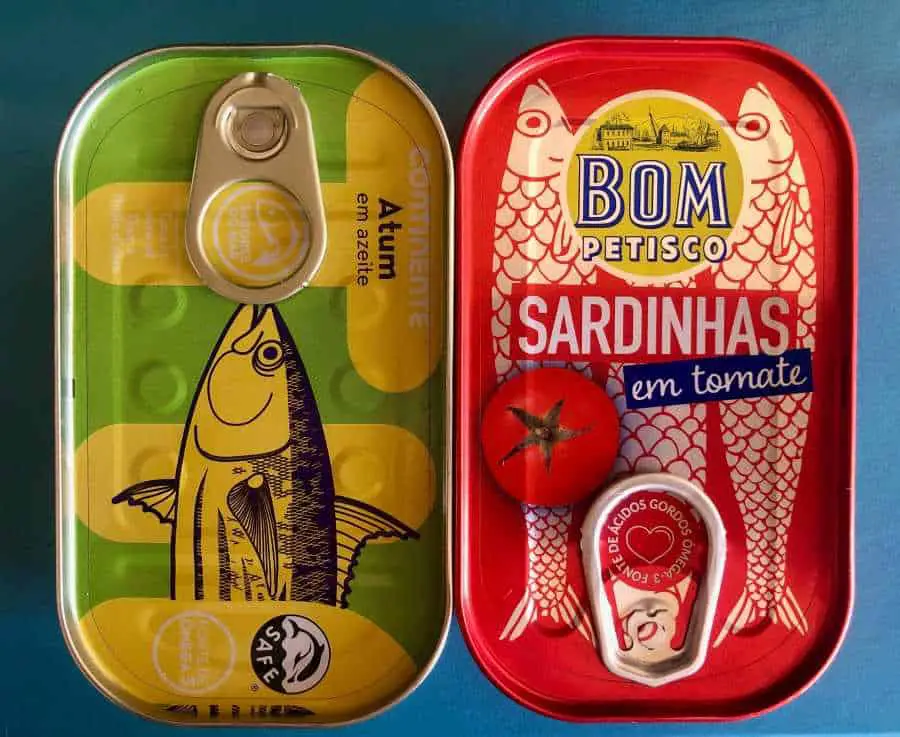
Seafood is a great source of calcium on the carnivore diet. Below is the calcium content in 100 g servings of various canned fish with bones in. [19]
| 100 g serving | Calcium | %DV |
|---|---|---|
| Atlantic sardine | 382 mg | 38% |
| Pink salmon | 277 mg | 28% |
| Red salmon | 221 mg | 22% |
| Jack mackerel | 241 mg | 24% |
| European anchovy | 232 mg | 23% |
Calcium content in 100g serving of fish with bones is comparable to that of milk, yogurt and kefir.
Calcium in fish bones is also well absorbed. A double-blinded randomized crossover study finds the absorption rates for cod and salmon bones are 21.9% and 22.5% respectively. Another study finds the absorption of calcium in small Bengali fish is 23.8%, comparable to that of milk at 21.8%. [20, 21]
Although canned fish is not fresh, one good thing about it is you can usually get wild-caught fish rather than farmed fish at a very reasonable price. Fresh wild-caught fish is expensive and not easy to find in retail stores.
If you don’t like canned fish, you can buy fresh whole fish and cook them for long enough to make the bones soft and edible. A pressure cooker or an instant pot can do the job in 1 to 2 hours, but it will take from 4 to 8 hours on the stove depending on the temperature setting and the type of fish.
3. Bones
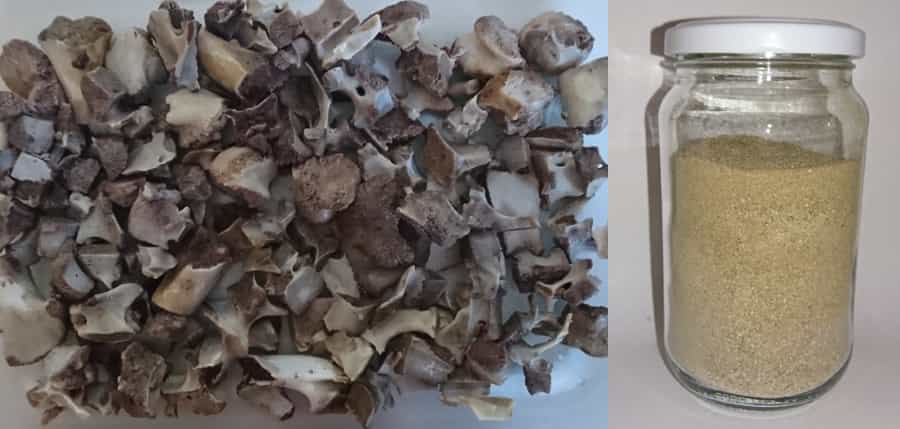
Animal bones are rich in calcium as well as phosphorous and magnesium. Cattles are estimated as having 204 mg of calcium per gram of dry rib bones. The phosphorous and magnesium contents are 108mg and 6mg per gram respectively. [22]
If you make bone broth regularly, you can save the bones and use them as a calcium source. A couple of pieces each day will fulfill your calcium need.
One good thing about this calcium source is, unlike synthetic calcium supplements, you get calcium as well as magnesium and phosphorous which are needed for bone formation.
As set out in this post, it can take 24 to 48 hours or more to make the bones soft and edible depending on the types and sizes of bones, the age of the animals, and temperature setting. A pressure cooker or an instant pot, however, can do the job in about two hours on the highest setting.
If you don’t want to chew the bones or would like to take them with you when traveling, you can also make your own bone meal supplement easily by following the steps below:
- Gather the bones. Keep the bones after you make your bone broth. Pick out the ones that are soft enough that you can break up easily with your hands. Remove any meat or fat on the bones. Break up the large bones. If you have any concerns about mad cow disease or harmful chemicals that may be present in the bones, get pasture-raised or organic bones for peace of mind.
- Dehydrate the bones. Spread the bones out on a baking tray and bake them at 200F for 90 minutes. Alternatively, you can use a dehydrator which will take about 12 hours.
- Grind the bones. Put the bones in a coffee grinder or a food processor and grind them into a very fine powder. You can also use a mortar and pestle to grind up the bones if you don’t want to overwork the grinder blade. Store in a glass jar for gradual use. It has roasted bone taste. You can have a teaspoon with water a day or add it to meat stew, burger patties, meatballs, pate or soup.
4. Eggshells
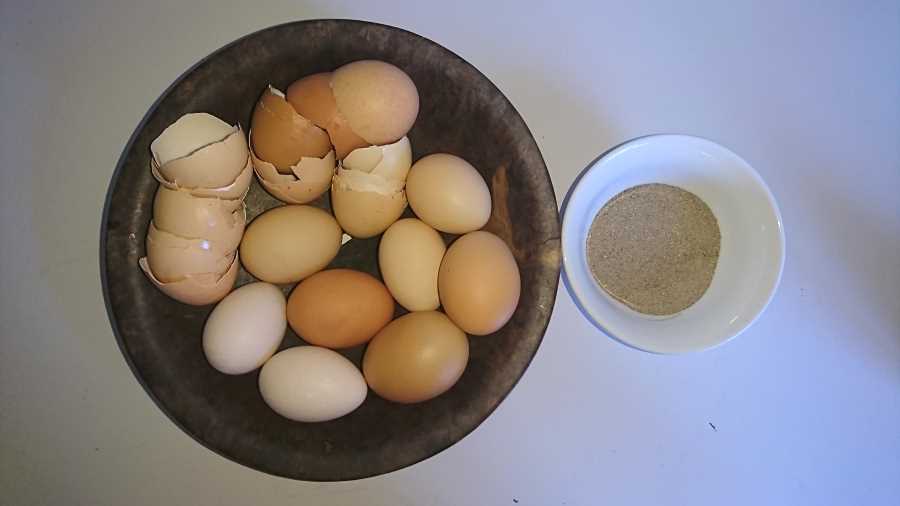
Calcium accounts for about 39% of the weight of an eggshell. Because the composition of eggshells is very similar to that of human teeth and bones, eggshells are a good source of non-dairy calcium. [23]
Experimental and clinical studies on animals and humans have found positive effects of eggshell powder on bone health, cartilage growth, and the treatment of osteoporosis. [24]
Using eggshells as a calcium source also helps to minimize waste. While calcium deficiency is prevalent even in developed countries, globally, about 110 billion tons of eggshells are produced and often used as a plant fertilizer or destined for landfills. [25, 26, 27]
If eggs are a part of your diet, you can make eggshell calcium powder in less than an hour by following the four easy steps below:
- Gather eggshells. Collect the shells as you use eggs till you’ve got at least 12 to be worth the effort. I prefer to do a batch when I’ve got about 30 to save time. If you don’t eat eggs regularly, collect the shells and store them in a bag in the freezer until you have enough. It’s best to get pasture-raised eggs to make eggshell powers. But if you can’t afford them, don’t let that stop you from making your very own calcium supplement.
- Sterilize the eggshells. Put the eggshells in a pot, cover with water and boil them for 10 minutes.
- Dry the eggshells. Drain the water completely. Spread the eggshells on a baking tray. Bake them at 200F for 25 minutes.
- Grind the eggshells. Put the eggshells in a coffee grinder or a food processor and grind them into a very fine powder. Store in a glass jar for use later on.
One medium-sized eggshell makes about one teaspoon of powder, which yields about 750 to 800 mg of calcium. [28] Have a teaspoon of this calcium powder a day plus some calcium from other food sources and you will have no problem getting enough calcium on the carnivore diet.
A batch of 12 eggshells will last you 12 days and a batch of 30 eggshells will last you a month.
You can just have a teaspoon of the powder by itself and drink water to wash it down, add it to your protein shake if you use a protein supplement, or add to ground beef and meat stew dishes.
5. Meat, poultry and eggs
Meat, poultry and eggs give you a little bit of calcium, as shown in the table below. [29] However, their calcium values are so low that you won’t meet your RDAs for calcium if you are subsisting on these foods only.
| 100 g serving | Calcium | %DV |
|---|---|---|
| Pork chop | 8 mg | 1% |
| Beefsteak | 16 mg | 2% |
| Lamb chop | 20 mg | 2% |
| Bison steak | 6 mg | 1% |
| Chicken | 14 mg | 1% |
| Egg, whole | 56 mg | 6% |
It is therefore important that you do get calcium from other rich sources listed above to ensure your body gets enough calcium for its functioning needs.
There is some concern that a high-meat diet may cause calcium to be leached from bones. However, this is unfounded.
Researchers have found that calcium retention is not reduced due to a high-meat diet. Furthermore, consuming protein higher than current RDAs is found to be beneficial to calcium utilization and bone health, especially in the elderly. [30, 31]
6. Bone broth
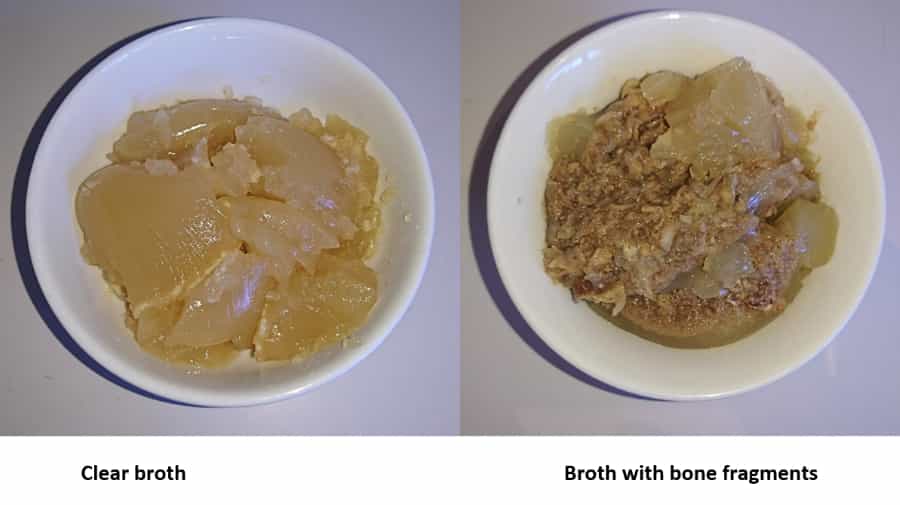
Bone broth isn’t known as a good source of calcium. Nutrient data on bone broth is not available because every batch is different, but one homemade broth is estimated as having only 7mg of calcium per cup. [32]
However, besides being a super nutritious food, bone broth can also give you additional calcium too.
If you cook the bone broth for long enough, like for three or four days, you will find a lot of small bone fragments at the bottom of the pots that are soft and edible. Eating this thick broth can help boost your calcium intake too.
To increase the calcium content further, you can use a potato masher to break up the bones a bit more. To retain the small bone fragments, use a colander rather than a fine-mesh sieve or cheesecloth. Alternatively, you can just remove all the large bones and keep the rest to eat.
Here is a link to a super-easy bone broth recipe that includes many helpful tips and troubleshooting.
Bone broth has many health benefits including supporting bone health. This is because bone broth is a rich source of collagen which is one of the main components of your bones. High calcium intake without vitamin D and sufficient collagen production or dietary intake may still mean poor bone health.
Conclusion
You can certainly get sufficient calcium on the carnivore diet by including dairy products, and, if these are not well tolerated, non-dairy foods such as well-cooked whole fish, meat bones, and eggshells.
If you can’t handle dairy products, don’t like to eat fish with bones, or can’t be bothered to make eggshell powder or bone meal, you can always get bonemeal supplements, for example, from here, here and here (no affiliate). Just be aware that these bone supplements are basically just ground-up bones.
It would be best to stay away from calcium supplements which may be bad for your health.
A meta-analysis of 15 trials involving around 20,000 participants concludes that “randomized studies suggest that calcium supplements without coadministered vitamin D are associated with an increased incidence of myocardial infarction [heart attack]”. [33]
Another study which reviewed 13 double-blind, placebo-controlled trials also found that calcium supplements significantly increased the risk of cardiovascular diseases and coronary heart disease, specifically in healthy postmenopausal women. [34]
Finally, if you fail to reach the RDA for calcium on the carnivore diet, please don’t worry too much.
The ICMNI centre in Hungry which has been using a high-fat animal-based diet to treat many chronic conditions without supplements found no incidence of nutrient deficiency amongst their patients.
As mentioned above, the RDAs are established for the general population whose diet is very different from a typical carnivore diet. They can be useful reference points but are not necessarily something that people on the carnivore diet must adhere to.
Disclaimer: The information in this post is for reference purposes only and not intended to constitute or replace professional medical advice. Please consult a qualified medical professional before making any changes to your diet or lifestyle.
